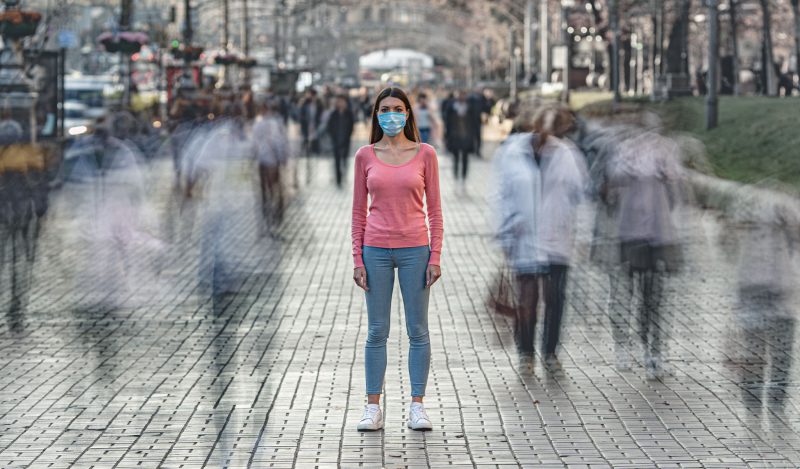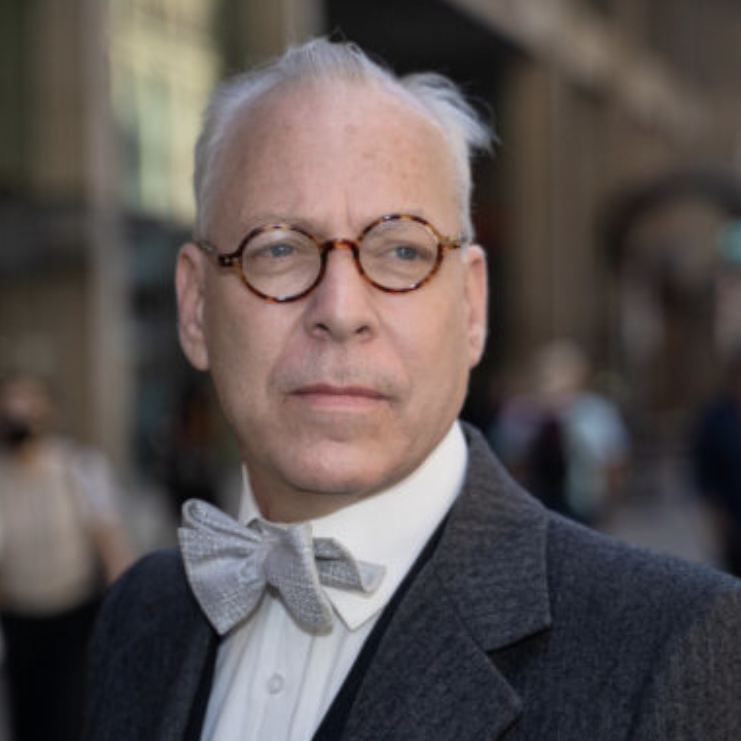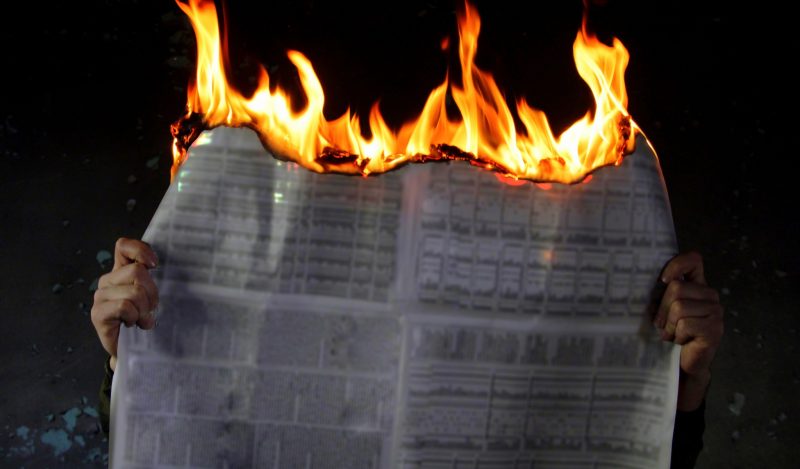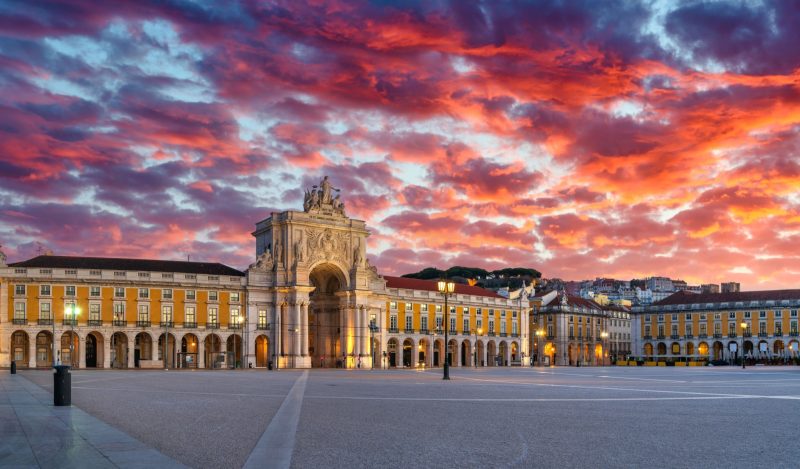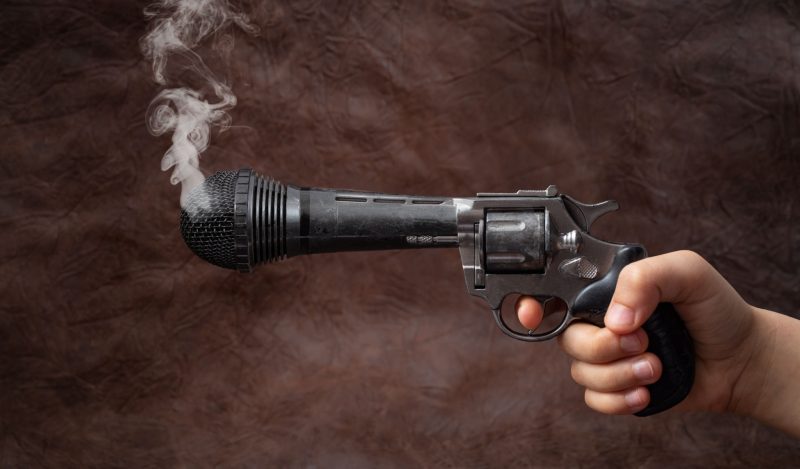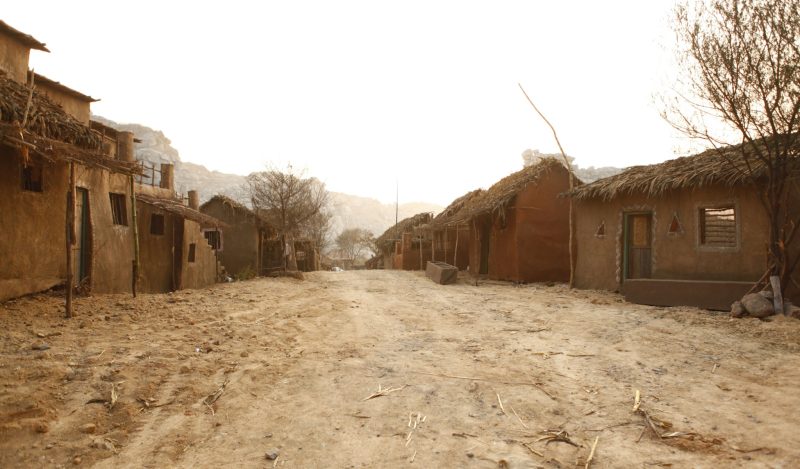It was a strange experience watching the House hearing in which Robert F. Kennedy, Jr. was testifying. The topic was censorship and how and to what extent federal government agencies under two administrations muscled social media companies to take down posts, ban users, and throttle content. The majority made its case.
What was strange was the minority reaction throughout. They tried to shut down RFK. They moved to go to executive session so that the public could not hear the proceedings. The effort failed. Then they shouted over his words when they were questioning him. They wildly smeared him and defamed him. They even began with an attempt to block him from speaking at all, and 8 Democrats voted to support that.
This was a hearing on censorship and they were trying to censor him. It only made the point.
It became so awful that RFK was compelled to give a short tutorial on the importance of free speech as an essential right, without which all other rights and freedoms are in jeopardy. Even those words he could barely speak given the rancor in the room. It’s fair to say that free speech, even as a core principle, is in grave trouble. We cannot even get a consensus on the basics.
BREAKING – EXPLOSIVE: @RobertKennedyJr puts Democratic Congress members trying to censor him in their place with fiery open remarks during a hearing to expose censorship. It's shocking that in the United States of America, people are being censored for speaking the truth! WATCH! pic.twitter.com/MKQMk2INAu
— Simon Ateba (@simonateba) July 20, 2023
It seemed to viewers that RFK was the adult in the room. Put other ways, he was the preacher of fidelity in the brothel, the keeper of memory in a room full of amnesiacs, the practitioner of sanity in the sanatorium, or, as Mencken might say, the hurler of a dead cat into the temple.
It was oddly strange to hear the voice of wise statesmen in that hothouse culture of infantile corruption: it reminded the public just how far things have fallen. Notably, it was he and not the people who wanted him gagged who was citing scientific papers.
A PHD level explanation of the important of free speech to democracy from @RobertKennedyJr. pic.twitter.com/S0HxIDLvLA
— The Wolf Of All Streets (@scottmelker) July 20, 2023
The protests against his statements were shrill and shocking. They moved quickly from “Censorship didn’t happen” to “It was necessary and wonderful” to “We need more of it.” Reporting on the spectacle, the New York Times said these are “thorny questions”: “Is misinformation protected by the First Amendment? When is it appropriate for the federal government to seek to tamp down the spread of falsehoods?”
These are not thorny questions. The real issue concerns who is to be the arbiter of truth?
Such attacks on free speech do have precedent in American history. We have already discussed the Alien and Sedition Acts of 1798 which led to a complete political upheaval that swept Thomas Jefferson into the White House. There were two additional bouts of censorship folly in the 20th century. Both followed great wars and an explosion in government size and reach.
The first came with the Red Scare (1917-1920) following the Great War (WWI). The Bolshevik Revolution and political instability in Europe led to a wild bout of political paranoia in the US that the communists, anarchists, and labor movement were plotting a takeover of the US government. The result was an imposition of censorship along with strict laws concerning political loyalty.
The Espionage Act of 1917 was one result. It is still in force and being deployed today, most recently against former President Trump. Many states passed censorship laws. The feds deported many people suspected of sedition and treason. Suspected communists were hauled in front of Congress and grilled.
The second bout occurred after the Second World War with the House UnAmerican Activities Committee (HUAC) and the Army-McCarthy hearings that led to blacklists and media smears of every sort. The result was a chilling of free speech across American industry that hit media particularly hard. That incident later became legendary due to the exaggerations and disregard for the First Amendment.
How does the Covid-era censorship fit into this historical context? At Brownstone, we’ve compared the wild Covid response to a wartime footing that caused as much trauma on the homeland as previous world wars.
Three years of research, documents, and reporting have established that the lockdowns and all that followed were not directed by public health authorities. They were the veneer for the national security state, which took charge in the month of February 2020 and deployed the full takeover of both government and society in mid-March. This is one reason that it’s been so difficult getting information on how and why all of this happened to us: it’s been mostly classified under the guise of national security.
In other words, this was war and the nation was ruled for a time (and maybe still is) by what amounts to quasi-martial law. Indeed, it felt like that. No one knew for sure who was in charge and who was making all these wild decisions for our lives and work. It was never clear what the penalties would be for noncompliance. The rules and edicts seemed arbitrary, having no real connection to the goal; indeed no one really knew what the goal was besides more and more control. There was no real exit strategy or end game.
As with the two previous bouts of censorship in the last century, there commenced a closure of public debate. It began almost immediately as the lockdowns edict were issued. They tightened over the months and years. Elites sought to plug every leak in the official narrative through every means possible. They invaded every space. Those they could not get to (like Parler) were simply unplugged. Amazon rejected books. YouTube deleted millions of posts. Twitter was brutal, while once-friendly Facebook became the enforcer of regime propaganda.
The hunt for dissenters took strange forms. Those who held gatherings were shamed. People who did not socially distance were called disease spreaders. Walking outside without a mask one day, a man shouted out to me in anger that “masks are socially recommended.” I kept turning that phrase around in my mind because it made no sense. The mask, no matter how obviously ineffective, was imposed as a tactic of humiliation and an exclusionary measure that targeted the incredulous. It was also a symbol: stop talking because your voice does not matter. Your speech will be muffled.
The vaccine of course came next: deployed as a tool to purge the military, public sector, academia, and the corporate world. The moment the New York Times reported that vaccine uptake was lower in states that supported Trump, the Biden administration had its talking points and agenda. The shot would be deployed to purge. Indeed, five cities briefly segregated themselves to exclude the unvaccinated from public spaces. The continued spread of the virus itself was blamed on the noncompliant.
Those who decried the trajectory could hardly find a voice much less assemble a social network. The idea was to make us all feel isolated even if we might have been the overwhelming majority. We just could not tell either way.
War and censorship go together because it is wartime that allows ruling elites to declare that ideas alone are dangerous to the goal of defeating the enemy. “Loose lips sink ships” is a clever phrase but it applies across the board in wartime. The goal is always to whip up the public in a frenzy of hate against the foreign enemy (“The Kaiser!”) and ferret out the rebels, the traitors, the subversives, and promoters of unrest. There is a reason that the protestors on January 6 were called “insurrectionists.” It is because it happened in wartime.
The war, however, was of domestic origin and targeted at Americans themselves. That’s why the precedent of 20th century censorship holds in this case. The war on Covid was in many ways an action of the national security state, something akin to a military operation prompted and administered by intelligence services in close cooperation with the administrative state. And they want to make the protocols that governed us over these years permanent. Already, European governments are issuing stay-at-home recommendations for the heat.
If you had told me that this was the essence of what was happening in 2020 or 2021, I would have rolled my eyes in disbelief. But all evidence Brownstone has gathered since then has shown exactly that. In this case, the censorship was a predictable part of the mix. The Red Scare mutated a century later to become the virus scare in which the real pathogen they tried to kill was your willingness to think for yourself.
Published under a Creative Commons Attribution 4.0 International License
For reprints, please set the canonical link back to the original Brownstone Institute Article and Author.
